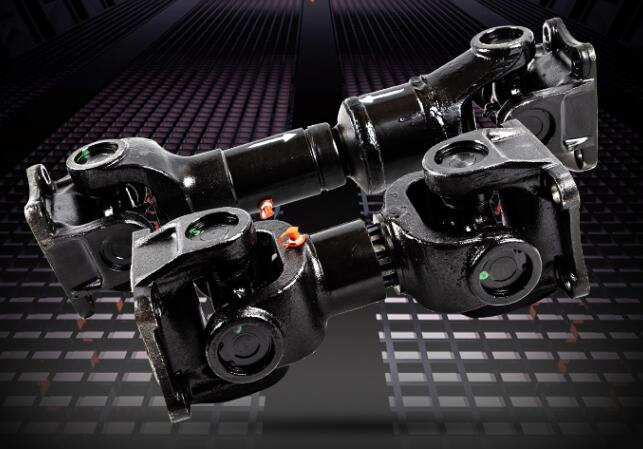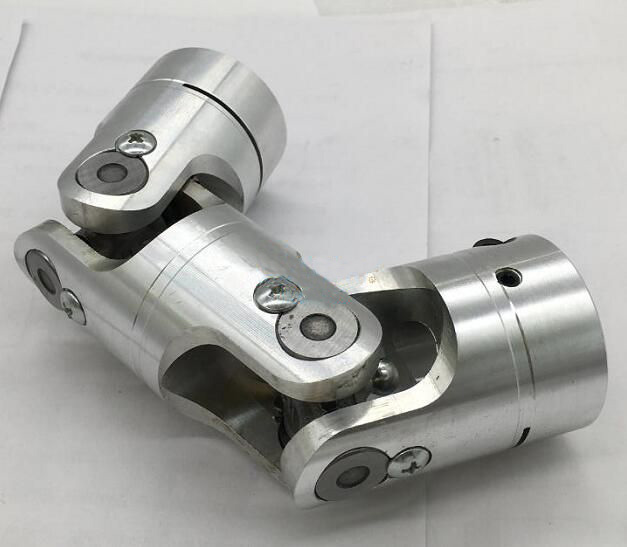What are the disassembly and maintenance methods for couplings
What are the disassembly and maintenance methods for couplings
What are the disassembly and maintenance methods for couplings?
The coupling basically does not require maintenance and maintenance during use, but each mechanical component has mechanical fatigue, so after a period of use, it is necessary to replace the whole set of coupling or some accessories. Coupling disassembly is generally due to equipment failure or the coupling itself needs maintenance. The coupling is disassembled into parts. The degree of disassembly is generally determined according to the maintenance requirements. Today we remind users of the matters and requirements that need to be paid attention to when replacing and repairing the coupling.

Before disassembling the coupling, pay attention to marking and numbering each part. For the two halves of the coupling and the quincunx elastic connection, the position should be marked first to prevent misalignment during assembly, especially for some high-end couplings. All components have been adjusted for balance, so every component has been installed with a load-bearing ratio. Pay special attention. In the process of coupling disassembly, the screw must be disassembled first, as various impurities such as rust and oil stains will adhere to the surface of the screw after a long time of use. First of all, you must be clear about these things, and then use special tools to disassemble. The general situation is that the process of disassembling the screw is not so easy. After a long time of tightening and environmental pollution, the screw will often rust. If you force it to remove it, it will be The deformation of the edges and corners of the outer hexagon or inner hexagon will make the later work more passive. The correct way is to use organic solvents, such as rust loosener, spray the joints of the bolts and nuts, and let the solvent penetrate into the threads, which will be easy Disassemble
The coupling structure is relatively simple, and the disassembly process is relatively simple at will. As long as the above-mentioned problems, the user can basically complete the disassembly and maintenance work of the coupling. Certain types of elastic coupling bearings that are really difficult to buy have no spare parts and have to be repaired after failure, especially imported bearings; the bearings have slight damage, such as slight water rust during the inventory period, and slight damage during transportation. Fretting abrasion, this kind of situation is easy to repair, but it is a pity. In addition to economy, the repair of the coupling is also technical, which requires the repairer to fully understand the corresponding technical requirements of the coupling bearing, and the characteristics of the structure, process and material of the bearing and its parts. It is difficult to ensure that the bearing repairs have satisfactory results.

The main material factors that affect the service life of the high-carbon chromium steel rolling bearing parts of the coupling bearing and the degree of control are: (1) The carbides in the original structure of the coupling bearing steel before quenching are required to be small and dispersed. High temperature austenitization can be used at 630°C or 420°C, or it can be achieved by forging and rolling waste heat rapid annealing process. (2) After quenching of the coupling bearing GCr15 steel, it is required to obtain the apparent hidden crystal martensite with an average carbon content of about 0.55%, about 9% of Ar and about 7% of undissolved carbides in a uniform and round state. Micro-organization. Quenching heating temperature and time can be used to control the microstructure.





